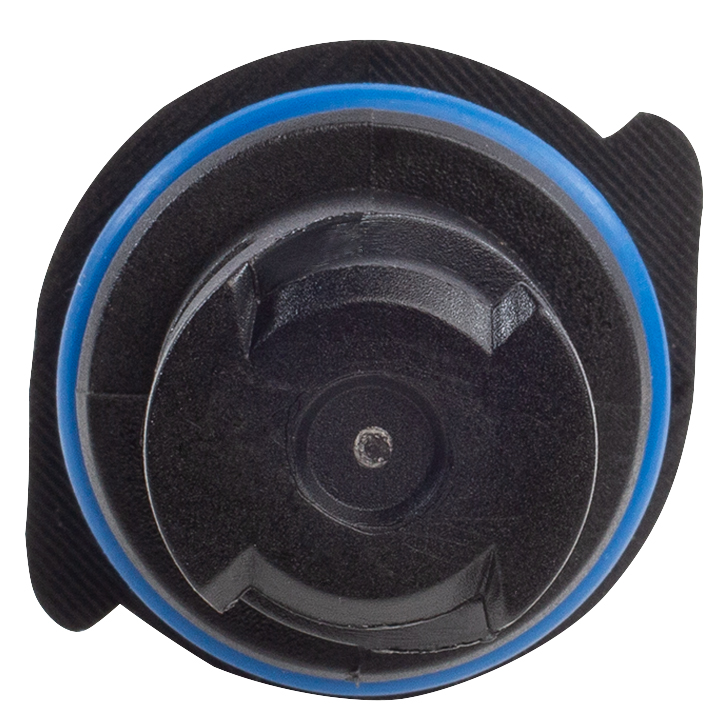O-Ring Gaskets - Reliable Sealing Solutions for All Applications
Understanding O-Ring Gaskets Key Components in Sealing Solutions
O-ring gaskets are essential components used across various industries to ensure efficient sealing in machinery and equipment. Their simple yet effective design allows them to play a crucial role in preventing leaks and maintaining the integrity of systems that operate under pressure or contain fluids. This article delves into the components, manufacturing, applications, and maintenance of O-ring gaskets.
What is an O-Ring Gasket?
An O-ring is a circular, doughnut-shaped rubber or polymer ring designed to create a seal between two or more surfaces. Its unique shape allows it to fit snugly into a groove, where it can be compressed, creating a reliable barrier against liquids and gases. O-rings are typically made from various materials, including nitrile rubber (NBR), fluorocarbon (FKM), silicone, and ethylene propylene diene monomer (EPDM), each selected based on specific application requirements such as temperature resistance, chemical compatibility, and flexibility.
Manufacturing of O-Ring Gaskets
The manufacturing process of O-ring gaskets involves several key steps. Initially, raw materials are selected based on the desired properties of the final product. The chosen elastomers are then mixed with additives to enhance their performance characteristics, such as durability and resistance to environmental factors. The mixture is then shaped into O-ring forms using methods such as extrusion or molding.
o ring gasket

Once shaped, the O-rings undergo curing, a process that involves heating them to create cross-links between polymer chains, thereby enhancing their strength and elasticity. After curing, the O-rings are inspected for defects and tested for compliance with industry standards before being packaged for distribution.
Applications of O-Ring Gaskets
O-rings are versatile and can be found in myriad applications across diverse industries, including automotive, aerospace, oil and gas, pharmaceuticals, and food processing. In hydraulic and pneumatic systems, O-rings provide essential sealing capabilities, preventing fluid leakage that could lead to system failure or environmental hazards. In the aerospace sector, they are crucial in ensuring the reliable performance of components under extreme temperature and pressure conditions.
Maintenance and Considerations
While O-rings are generally reliable, regular maintenance is key to prolonging their lifespan. Factors such as temperature fluctuations, exposure to chemicals, and mechanical wear can degrade O-ring performance over time. It is vital to inspect gaskets regularly for signs of wear, such as cracking, swelling, or discoloration. Replacing degraded O-rings promptly can help avoid costly downtime and ensure the continued efficiency of the systems they protect.
In conclusion, O-ring gaskets are indispensable elements in modern engineering and manufacturing. Their effectiveness, versatility, and ease of replacement make them a popular choice for sealing solutions across various applications. Understanding their properties and maintenance needs is essential for optimizing performance and reliability. As technology advances, the development of new materials and designs for O-rings will continue to enhance their role in sealing applications, driving innovation in numerous industries.
-
Understanding the Front Main Engine Seal: Purpose, Maintenance, and Installation
News Jul.29,2025
-
Understanding O-Rings and Seal Rings: Types, Applications, and Custom Solutions
News Jul.29,2025
-
Understanding Crankshaft Oil Seals: Rear Seals, Pulley Seals, and Their Role in Engine Integrity
News Jul.29,2025
-
The Importance of Front and Rear Crankshaft Seals in Engine Performance and Oil Management
News Jul.29,2025
-
Crank Oil Seals: Functions, Types, and Cost Considerations in Engine Maintenance
News Jul.29,2025
-
A Comprehensive Guide to O-Rings and Seals: Types, Materials, and Global Applications
News Jul.29,2025
-
Mastering Diesel and Performance Engine Maintenance: A Guide to Critical Oil Gaskets
News Jul.28,2025
Products categories















